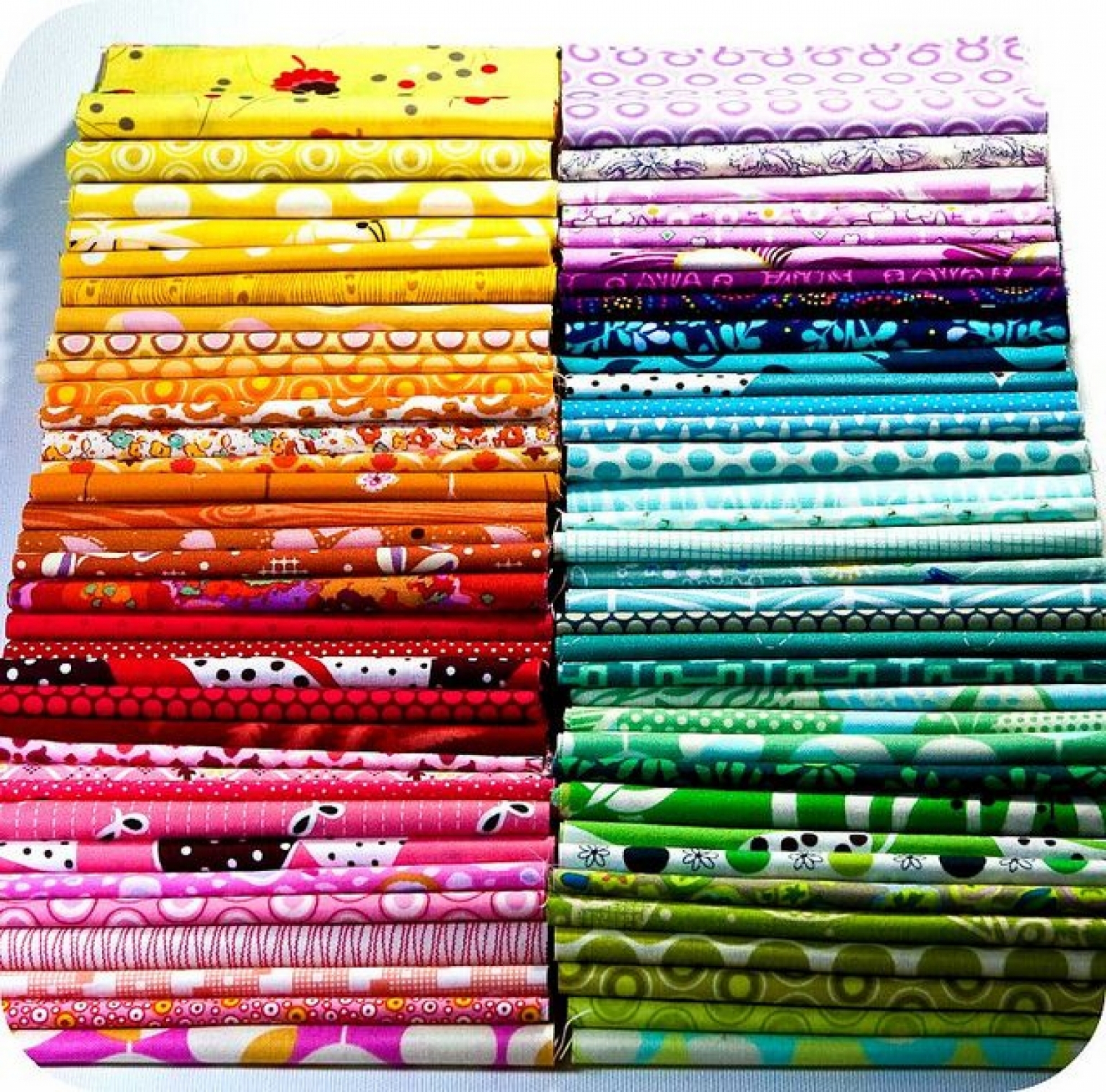Last week I attended Clerkenwell Design Week, a three-day annual festival taking place in London, and gathering together the local, well-established, design community. One of the most famous events in the design industry calendar, CDW definitely lives up to its reputation. It wasn’t my first time at the show, and I couldn’t help but be fascinated by the stream of creativity and innovation that was present.
I have a weakness for design. Objects, furniture and unusual installations that effectively combine style with quirky features attract me. Don’t get me wrong: I’m not usually drawn to the eccentric, but I admire the harmony that sometimes blooms between elegance and creativity.
What particularly struck me this year was the tendency for both small creative communities and top designer brands to place emphasis on craftsmanship, limited editions and bespoke artwork. Exclusivity seems to be a benchmark. Browsing through the buildings where pop-up exhibitions were arranged, and talking to different people – which I find gives a useful insight into a market – I’ve collected few examples of this trend.
Servomuto, for instance, is a small company specialising in manufacturing handmade lampshades with unusual printed fabrics. Led by an architect and a graphic designer, the company researches and collects antique fabrics, clothing and embroidery to give birth to new lampshades whose personal touch is their distinctiveness. Servomuto comes up with its own ideas but also works with artists, fashion brands and architects to develop customised and limited collections. The final destination of the lampshades could be to help fulfil an interior decoration project, or even as standalone tools produced for a promotional initiative or special event.
Looking at a more traditional yet successful concept of creativity, which moves away from the strict meaning of design as an interior decoration medium, it’s worth mentioning The Printorium, a.k.a. the graphic design duo who produced hundreds of unique prop designs for the ‘Harry Potter’ films. Launched at the end of 2012, the Printorium’s Harry Potter Collection, which was partly on display at CDW, explores the visual appeal of the films from an artistic perspective and results in the creation of collectible prints, with only 30 images currently available.
The Printorium is an online graphic art gallery aimed at typographic enthusiasts, design lovers and people looking for original artwork. Having a chat with the creative duo behind the brand, who have recently launched two new original print ranges, I’ve learnt how experimenting with unique techniques, combined with the use of a particular ageing effect or typeface, are distinctive features of their work, and contributes to make their collection more desirable. Once again, being ‘special’ and offering limited editions with that unique touch is paramount to their success.
If this increasingly popular demand for exclusivity is the main lesson to be learnt from CDW 2013, which I think is applicable today to a variety of markets all looking for the spotlight, it’s also interesting to note that ‘old-fashioned’ print is still the right-hand man of the most innovative and edgy design. In fact, with a view to sustainability and encouraging customisation, bespoke applications and limited editions, it’s probably no surprise that the designers mentioned above rely on digital print to support their creativity. If this is going to be an effective driver for the development of outstanding pieces of design, long may it last!
